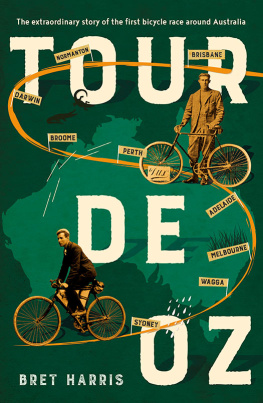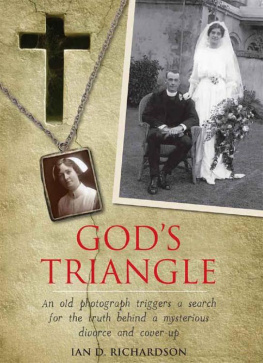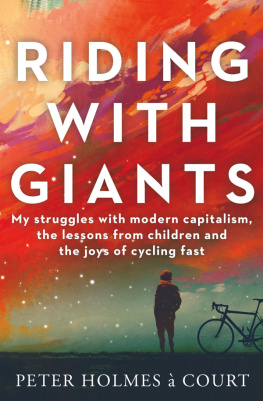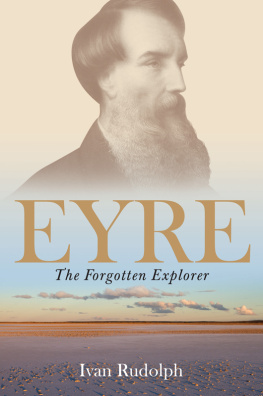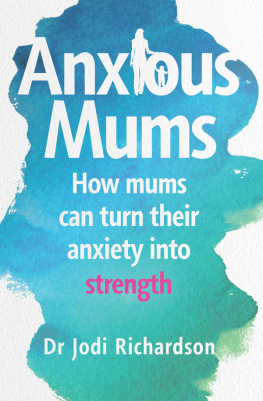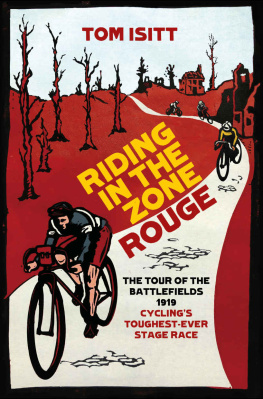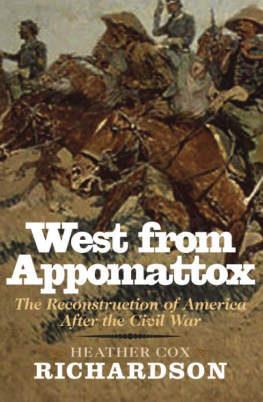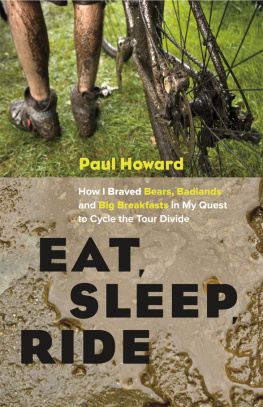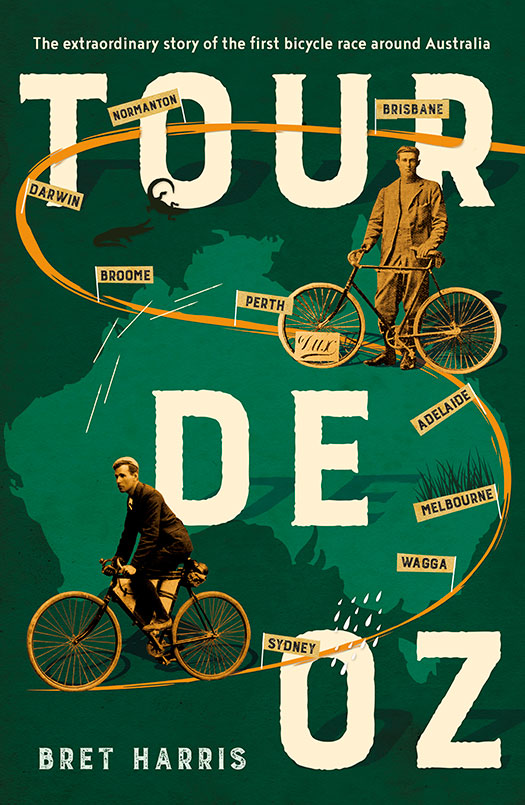CONTENTS
Guide

HarperCollinsPublishers
First published in Australia in 2017
by HarperCollinsPublishers Australia Pty Limited
ABN 36 009 913 517
harpercollins.com.au
Copyright Bret Harris 2017
The right of Bret Harris to be identified as the author of this work has been asserted by him in accordance with the Copyright Amendment (Moral Rights) Act 2000.
This work is copyright. Apart from any use as permitted under the Copyright Act 1968, no part may be reproduced, copied, scanned, stored in a retrieval system, recorded, or transmitted, in any form or by any means, without the prior written permission of the publisher.
HarperCollinsPublishers
Level 13, 201 Elizabeth Street, Sydney, NSW 2000, Australia
Unit D1, 63 Apollo Drive, Rosedale, Auckland 0632, New Zealand
A 53, Sector 57, Noida, UP, India
1 London Bridge Street, London SE1 9GF, United Kingdom
2 Bloor Street East, 20th floor, Toronto, Ontario M4W 1A8, Canada
195 Broadway, New York, NY 10007, USA
ISBN: 978 1 4607 5177 0 (paperback)
ISBN: 978 1 4607 0665 7 (ebook)
National Library of Australia Cataloguing-in-Publication data:
Harris, Bret, author.
Tour de Oz / Bret Harris.
Richardson, Arthur, 1872-1939Travel.
White, FrankTravel.
White, AlexTravel.
Mackay, Donald, 1870-1958Travel.
CyclistsAustralia.
CyclingAustralia19th century.
Bicycle touringAustralia19th century.
Cover design by Hazel Lam, HarperCollins Design Studio
Cover images: Donald Mackay courtesy of the Museum of Applied Arts and Sciences; Arthur Richardson on bicycle, 1897, courtesy of the State Library of Western Australia (000739D); all other images by shutterstock.com
I T was fate that led me to write this story about the first bicycle race around Australia. When publisher Helen Littleton approached me with the idea I was fascinated. A lone cyclist riding around this vast island continent in 18991900. And all the while being pursued by a rival party of three cyclists riding in the opposite direction. What a yarn! During my research I discovered that it was Helens distant relative, the Toowoomba bicycle manufacturer Thomas Alfred Trevethan, who first suggested to Arthur Richardson that he should attempt to become the first to ride a bicycle around Australia. Helen had no idea of her family connection to the historic ride, yet she instinctively knew it was a great Australian story. Fate, perhaps.
I am indebted to Helen for her encouragement and support, but my gratitude certainly does not end with her. I was warned there was not sufficient information on the two competing rides to put together a book, but I managed to glean material from several largely untapped sources.
I owe special thanks to the News Corp librarian Lurline Campbell, who has assisted me with almost all of my books, for teaching me how to use Trove, an Australian online library service. The rides were extensively covered by newspapers of the day, principally the West Australian, providing a wealth of valuable information.
I acquired a copy of The Story of a Remarkable Ride from the National Library in Canberra. This was Arthur Richardsons own account of his ride as told to Pedal, the West Australians cycling writer. I found a tattered second-hand copy of Frank Clunes excellent biography of Donald Mackay, Last of the Explorers, in the iconic Goulds bookstore in Newtown, Sydney. And two pioneering books The Bicycle and the Bush and Wheeling Matilda by the pre-eminent cycling historian Jim Fitzpatrick provided great background.
I desperately needed more information to flesh out the story, but I was unsure where to find it. Then, fortuitously, I found some of the cyclists descendants, who were incredibly supportive and helpful. Once I contacted these relatives the emails just kept coming and I was able to include never-before-published material in the book.
It is important to note that the overlanders used outdated language which would be offensive today, but was common practice in the less politically correct times of the late nineteenth century and early twentieth century.
A researcher, Robyn Horner, put me in contact with one of Arthurs descendants, June Bagley, who referred me to another relative, Bruce Cameron, whose wife, Jasmine, was Arthurs great-niece. Bruce was a tremendous source of information, particularly in relation to Arthurs character, family background and military career. Without Bruces tremendous input, it would have been difficult to create a complete picture of Arthur.
Details of the lives of the White brothers, Frank and Alex, were sketchy. There was very little to be found about their backgrounds or what happened to them after the ride. Then I happened upon an article in the Listening Post, the journal of the Western Australian branch of the RSL, about the experiences of Fred White, the younger brother of Frank and Alex, in World War I. Freds granddaughter May Hayes-Thompson was quoted in the article and I tracked her down in the West Australian Wheatbelt region. A charming lady, May could not have been more helpful, sending me wonderful information about the White familys history.
There was more pure luck or was it fate once again? While I was talking to the around Australia record-holder, Peter Heal, in his home in Canberra, he happened to mention that he had been interviewed by an ABC broadcaster who told him she was related to Donald Mackay. I contacted Genevieve Jacobs at the ABC in Canberra and she invited me to visit Wallendbeen, the historic Mackay family pastoral property, where she lives with her husband, David Baldry, who is Donald Mackays greatnephew.
Wallendbeen is a special place. Genevieve and David live in the original station managers cottage, which has had some modern extensions. David showed me around the beautiful property and we were joined at dinner by Mike Baldry, the familys historian. It was great listening to the three of them talk about Donald and the Mackay family history. After dinner, Mike gave me a bundle of yellowed newspaper articles written by Donald for the Cootamundra Herald about his ride around Australia, which proved a fantastic addition to the source material.
I suspect the tremendous support I received from the descendants had little to do with me, but was more a desire on their part to see the historic achievements of their cycling ancestors rightfully acknowledged. I hope I have not disappointed them.
I do not pretend to be a cycling expert, but as the nineteenth-century British prime minister Benjamin Disraeli once said, The best way to become acquainted with a subject is to write about it. I consulted the above-mentioned cycling historian Jim Fitzpatrick, while my friend and occasional colleague Rupert Guinness, the doyen of Australian cycling journalists, was generous with his knowledge. Another old colleague Peter Cunningham also offered valuable advice. I learned a lot from Daniel Oakman, a senior curator at the National Museum in Canberra, who had developed a superb exhibition called Freewheeling: Cycling in Australia. Similarly, Margaret Simpson, a curator at the Powerhouse Museum in Sydney, had created an exhibition on Donald Mackay and was very helpful. I would also like to acknowledge the efforts of librarians at the National Library in Canberra, the Mitchell Library in Sydney, the State Library of Western Australia and the Battye Library in Perth.

